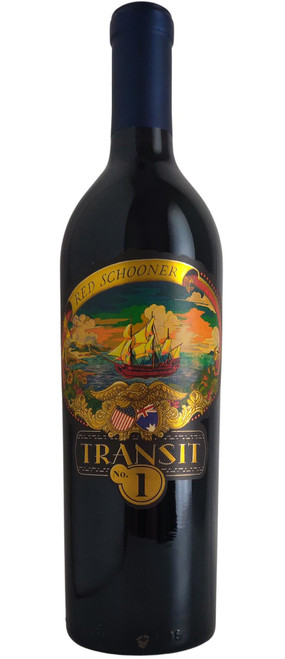- About This Wine
- Ratings & Reviews
- Tasting Notes
About This Wine
Ratings & Reviews
Tasting Notes
ABOUT THIS WINE
REVIEWS
WINEMAKER NOTES
Legendary for the production of memorable red wines, South Australia was our inspiration for Transit. Caymus began with finding high-caliber grapes - always the key to each of our wines. Next came transit over ocean waters, a practice now both common and efficient for fruits and vegetables. The chilled grapes arrived at Caymus, as if just harvested.
They use time-honored winemaking techniques to extract deep color and rich tannins during fermentation, while staying attuned to place of origin. One can smell a slight mint character, likely a derivative of native trees. A ripe style, along with the nuance of dried fruit, reflects Australia's warm, dry conditions. Aging was in French oak barrels, with bottling in April 2018. Instead of a vintage date, each bottle will be known by its transit - this first bottling is: Red Schooner Transit 1.
They use time-honored winemaking techniques to extract deep color and rich tannins during fermentation, while staying attuned to place of origin. One can smell a slight mint character, likely a derivative of native trees. A ripe style, along with the nuance of dried fruit, reflects Australia's warm, dry conditions. Aging was in French oak barrels, with bottling in April 2018. Instead of a vintage date, each bottle will be known by its transit - this first bottling is: Red Schooner Transit 1.
91 POINTS - "The Red Schooner by Caymus Transit No.1 is powerful and lasting. This wine delivers aromas and flavors of black licorice, black fruit, and oak." - Wilfred Wong
Our new “Red Wine of the World,” this red blend is sourced from famed regions of southern Australia, the Barossa Valley and McLaren Vale. Mostly Shiraz with a small amount of Cabernet Sauvignon, Transit 1 is bold yet nuanced, featuring scents of smoky meat, chocolate and wet soil. A hint of mint on the palate stems from native trees. Just like our Red Schooner Malbec from Argentina is known by the “voyage” that produced it, this wine is called a sequential “transit.”





